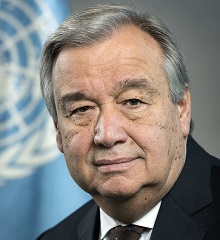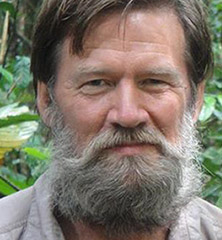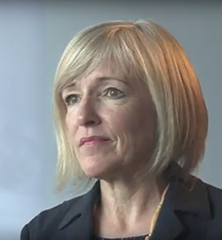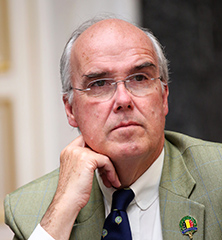You are here
Birds Connect Our World
The Convention on Migratory Species (CMS), the African-Eurasian Waterbird Agreement (AEWA) and Environment for the Americas (EFTA) have joined forces to strengthen global recognition and appreciation of migratory birds. This year the theme of World Migratory Bird Day is “Birds Connect Our World” and was chosen to highlight the importance of conserving and restoring the ecological connectivity and integrity of ecosystems that support the natural movements of migratory birds and that are essential for their survival and well-being.
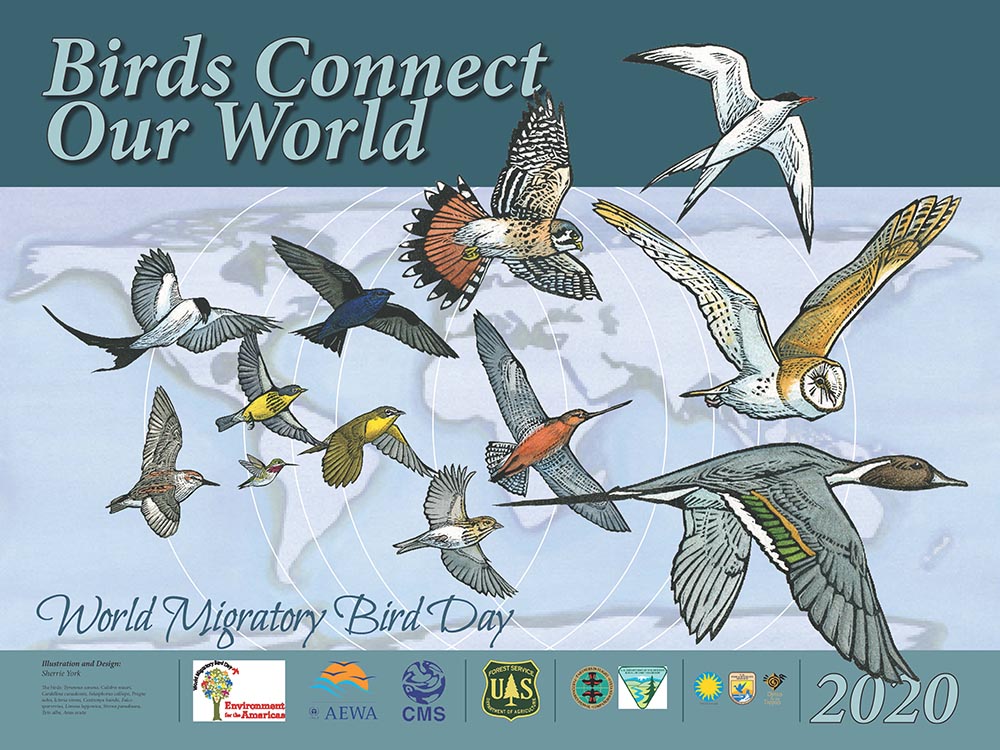
Migratory birds matter!
Migratory birds are beneficial to us and the planet's ecosystems because they provide critical services such as seed dispersal, pollination, pest control and more! They are not only vital to sustaining life on Earth, but also provide major economic benefits and jobs through tourism, research and education, and leisure activities such as bird-watching and photography. They are central to our cultures and have been reflected in our art, music, theatre and belief systems throughout history. Birds inspire us and help us to connect with each other and re-connect with nature.
Ecological Connectivity and its importance
Connectivity is essential for migratory species, and important for a wide variety of ecological functions. It describes the natural and necessary movement of species and the flow of natural processes that sustain life on Earth. With 1 million species facing the risk of extinction within our generation, connectivity has become a central topic for biodiversity and sustainability. Migratory species move across the globe, running, swimming, flying, connecting countries, people and continents through their migration routes. This migration can only be accomplished when animals are able to access the different sites and habitats that they rely upon along their pathways.
Connectivity and Birds
The flyways used by migratory birds connect different habitats. Often, these long-haul flight paths cross inhospitable terrain, such as deserts and open seas. Migratory birds have evolved incredibly complex migration strategies that require suitable habitats for wintering, stop-over,staging and breeding sites that are crucial for their survival. The ecological connectivity of these sites is important to the survival of migratory birds, but this is being threatened by habitat loss and degradation. Flyways transcend national borders, national plans and conservation priorities of any single country. Migratory birds connect countries and their conservation requires cooperation and coordination between countries and across national boundaries as they pass on their journeys.
World Migratory Bird Day 2020 will therefore help raise awareness on the importance of ecological connectivity for migratory birds and complement the efforts of CMS to promote ecological connectivity and functionality, international cooperation and the conservation of migratory species within the post-2020 global biodiversity framework.
Habitat Issues
Unsustainable agricultural practices and infrastructural pressures are causing habitats of migratory species to shrink. Migratory birds rely on their natural habitats for food, shelter and nesting. With 1/3 of the Earth’s surface being used for agriculture, unsustainable farming becomes an impactful threat to the survival of migratory birds. Not only does it encroach on their food and shelter, but the use of pesticides can be dangerous, and sometimes fatal, for migratory birds. Encroachment also increases the risk of illegal killing, taking, trade and overexploitation of migratory bird species. Furthermore, stop-over-sites have seen increased competition, especially where bird densities are high and food supplies have depleted. Pollution of habitats is also a consistent threat, as highlighted by last years theme focused on plastic pollution, however, the threat from other forms of industrial and checmical waste is also ever-present.
Flight Path Issues
Collisions with artificial man-made structures have posed a threat to over 350 species of migratory birds, especially those flying at night. Structures made of glass and other reflective material can cause the death of more birds than almost any other human-related mortality factor. Increased building of wind turbines in flight paths (especially near wetlands), and expanded powerlines near sites where birds congregate have also resulted in high bird mortality rates. Climate change also compounds the negative effects of all threats and brings them to the flyway-scale, while also positing to alter seasonality and therefore influence migration patterns.
What can be done to prevent the problem?
Migratory birds need a network of intact habitats along their entire migration routes to survive. Increased global action through multilateral environment treaties such as the Convention on Migratory Species (CMS) and the African-Eurasian Waterbird Agreement (AEWA) is essential to protect migratory birds on their international journeys. Creating protected trans-boundary habitat corridors would be of great benefit to migratory birds and other migratory wildlife, specifically at the landscape scale.
In addition, networks of critical sites key to migration need to be safeguarded and managed properly. Supporting Important Bird and Biodiversity Areas (IBAs), as described by BirdLife International, provides migratory birds with the necessary feeding, breeding, nesting and sheltering grounds that are needed during their long flights.
What can you do?
Make your garden bird-friendly! Include safe shelters and a bird bath. Make sure that food that is provided is bird-safe and does not cause malnutrition.
Pets are part of our lives, but they can have very negative impacts on birds. Keep an eye on your pets, and make sure any bird areas are out of reach for cats and dogs.
Tell others about the importance of protecting migratory birds and the habitats they need to survive. Write an article, give a presentation or organize an event to help raise awareness.
Download and use birding apps. Afterall, not only do Birds Connect Our World, but they also connect us as individuals. Together, a great deal can be accomplished.
How can you participate?
If you are interested in organizing an event to help celebrate migratory birds, register your planned activity with us! In this way, individual events can be shared with others around the world and help inspire others around the world to take action too.
WMBD 2020 Theme Resources
- Factsheet: Connectivity and the Post-2020 Biodiversity Framework
- Migratory Animals Connect the Planet: The Importance of Connectivity, 2017
- IPBES Global Assessment Report
- Study Shows the Importance of Migratory Connectivity for Global Ocean Policy
- Study on Ecological Connectivity in rapidly expanding cities

